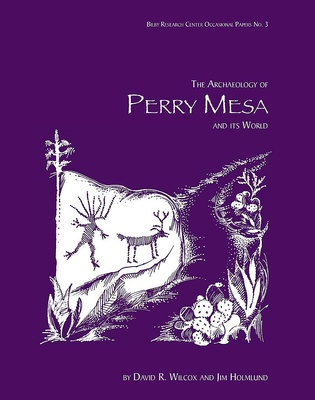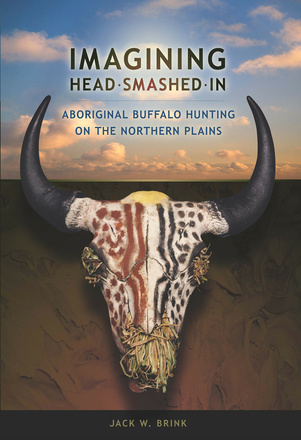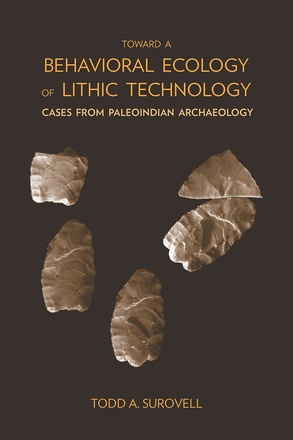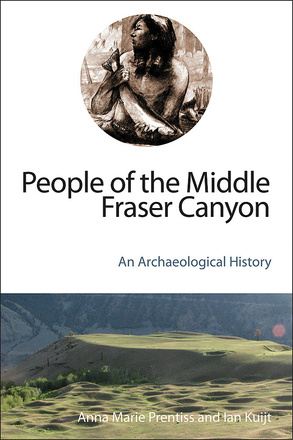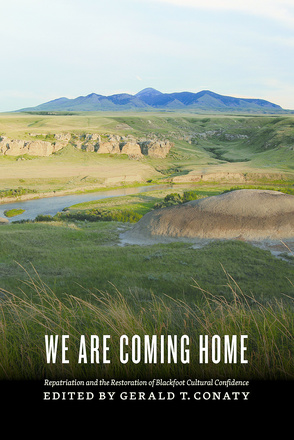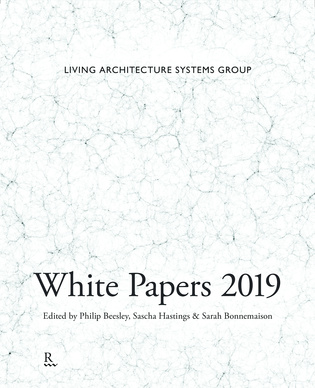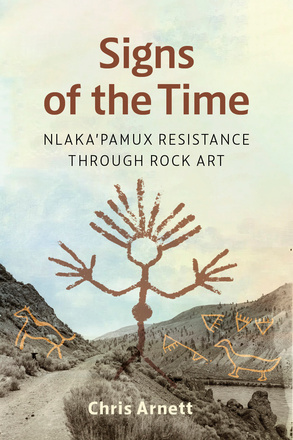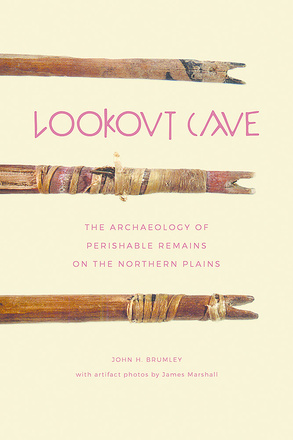The Archaeology of Perry Mesa and Its World
The archaeological sites of Pueblo La Plata and Fort Silver lie in west-central Arizona at the north end of the fourteenth- century Perry Mesa Settlement System. The Agua Fria National Monument initiated a study, conducted by the Western Mapping Company and the Museum of Northern Arizona, to map the sites and collect a representative ...
Imagining Head-Smashed-In
Aboriginal Buffalo Hunting on the Northern Plains
Archaeologist Jack Brink has written a major study of the mass buffalo hunts and the culture they supported before and after European contact. drawing on his 25 years excavating at Head-Smashed-In Buffalo Jump in southwestern Alberta, Canada – a UNESCO World Heritage Site.
Toward a Behavioral Ecology of Lithic Technology
Modern humans and their hominid ancestors relied on chipped-stone technology for well over two million years and colonized more than 99 percent of the Earth's habitable landmass in doing so. Yet there currently exist only a handful of informal models derived from ethnographic observation, experiments, engineering, and "common sense" to ...
Light from Ancient Campfires
Archaeological Evidence for Native Lifeways on the Northern Plains
Light from Ancient Campfires is the first book in twenty years to gather together a comprehensive prehistoric archaeological record of the Alberta Plains First Nations.
Euphoria & Dystopia
The Banff New Media Institute Dialogues
People of the Middle Fraser Canyon
An Archaeological History
The first synthesis of the archaeological and ethnological evidence pertaining to the St’át’imc or Upper Lillooet people of the Mid-Fraser Canyon.
We Are Coming Home
Repatriation and the Restoration of Blackfoot Cultural Confidence
The story of the highly complex process of of sacred objects to Aboriginal peoples from the Glenbow Museum.
Signs of the Time
Nłeʔkepmx Resistance through Rock Art
Drawing on a unique blend of Indigenous and Western sources, Signs of the Time explores Nlaka’pamux rock art making to reveal the historical and cultural meaning beneath its beguiling imagery.
Lookout Cave
The Archaeology of Perishable Remains on the Northern Plains
This fully illustrated volume sheds new light on Plains culture and the centuries old use of the well-hidden space at Lookout Cave.

